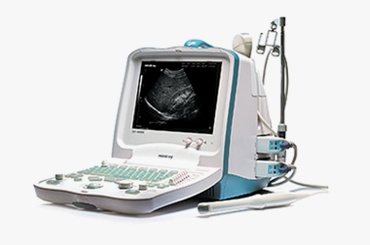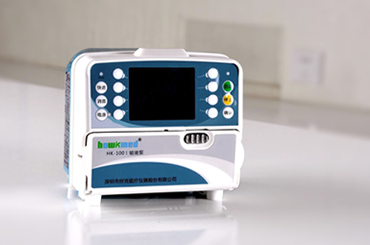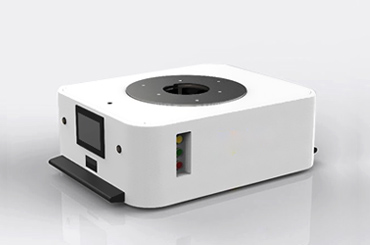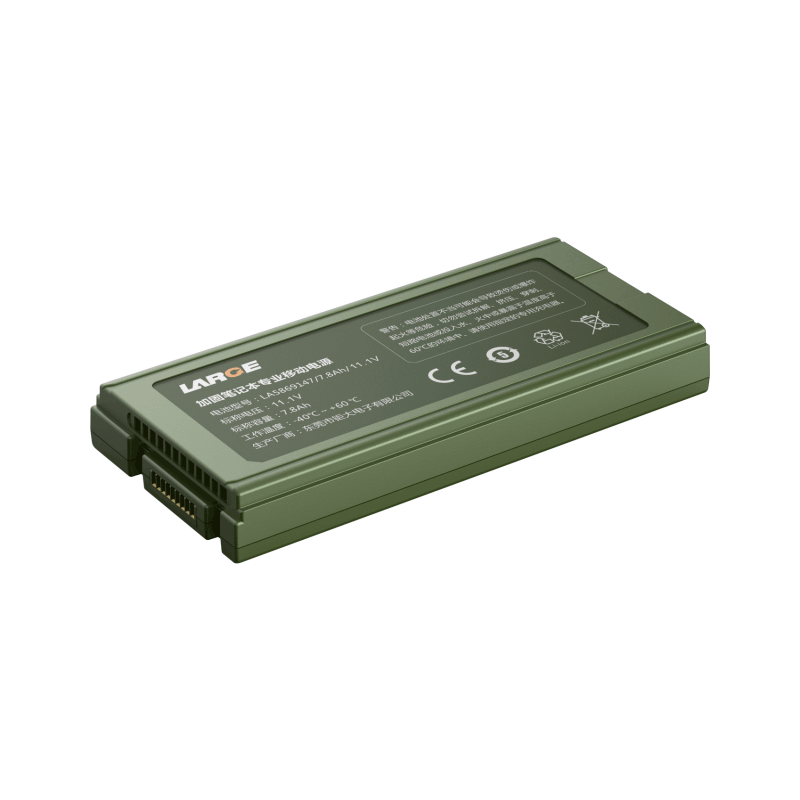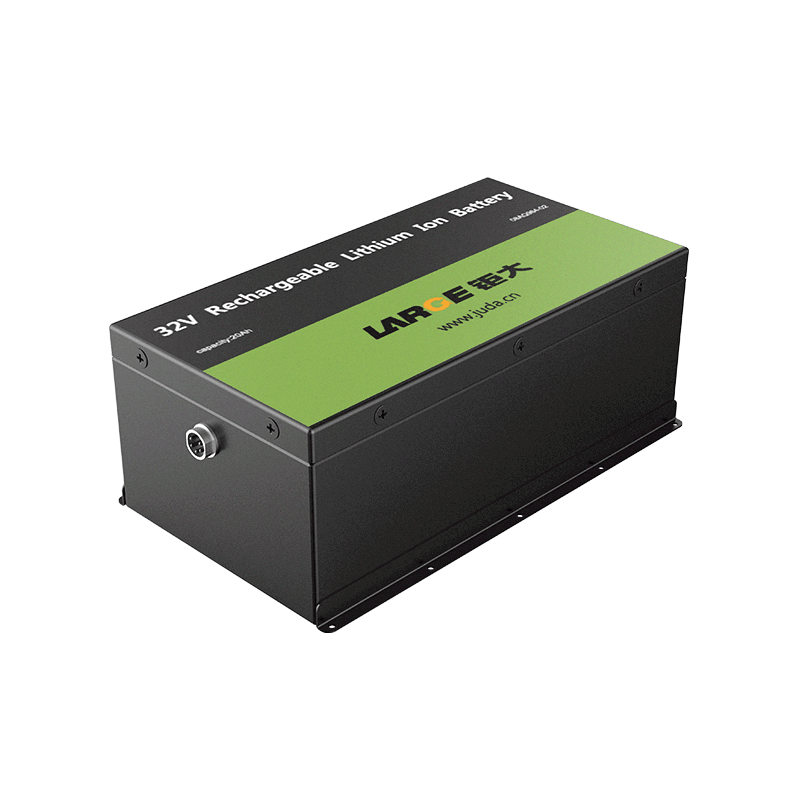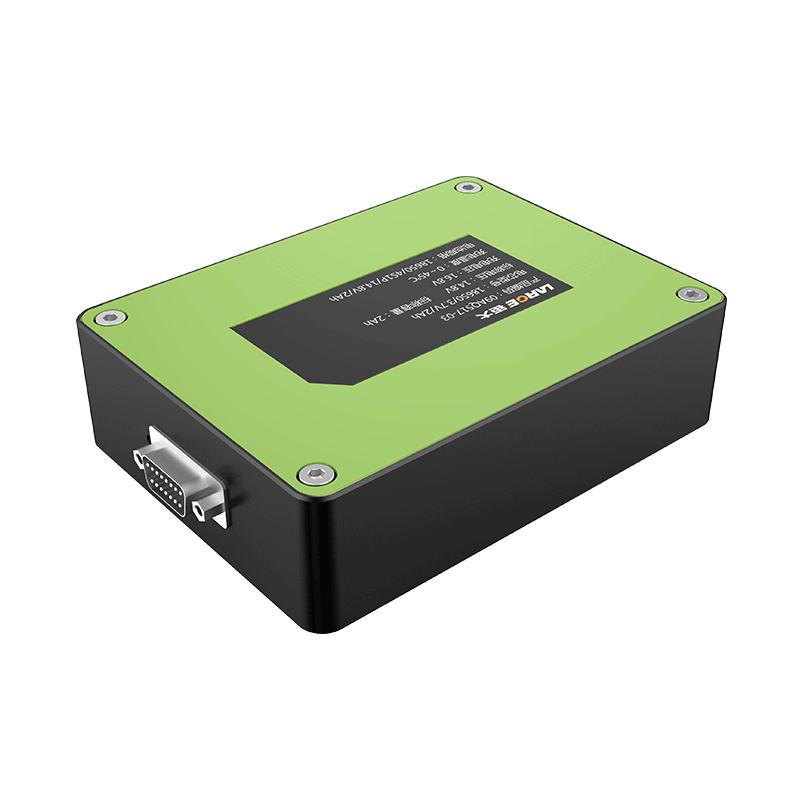-
Key Takeaways
-
Part 1: Overview of NFPA 855 for Lithium Battery ESS+
- 1.1 Purpose and Scope of NFPA 855
- 1.2 Key Provisions for Lithium Battery Energy Storage Systems
- 1.3 Importance of Compliance for Fire Safety
-
Part 2: Safety Measures in NFPA 855+
- 2.1 System Design and Capacity Limitations
- 2.2 Installation and Spatial Requirements
- 2.3 Fire Suppression and Emergency Response Protocols
- 2.4 Monitoring and Maintenance Standards
-
Part 3: Practical Implementation of NFPA 855+
- 3.1 Risk Assessment and Mitigation Strategies
- 3.2 Training and Education for Stakeholders
- 3.3 Leveraging Lessons from Real-World Applications
-
FAQ+
- 1. What is the primary purpose of NFPA 855?
- 2. Are there specific fire suppression systems recommended for lithium battery fires?
- 3. How often should energy storage systems undergo maintenance?
NFPA 855 and Lithium Battery Fire Safety: A Practical Guide
May 22, 2025 Pageview:5672
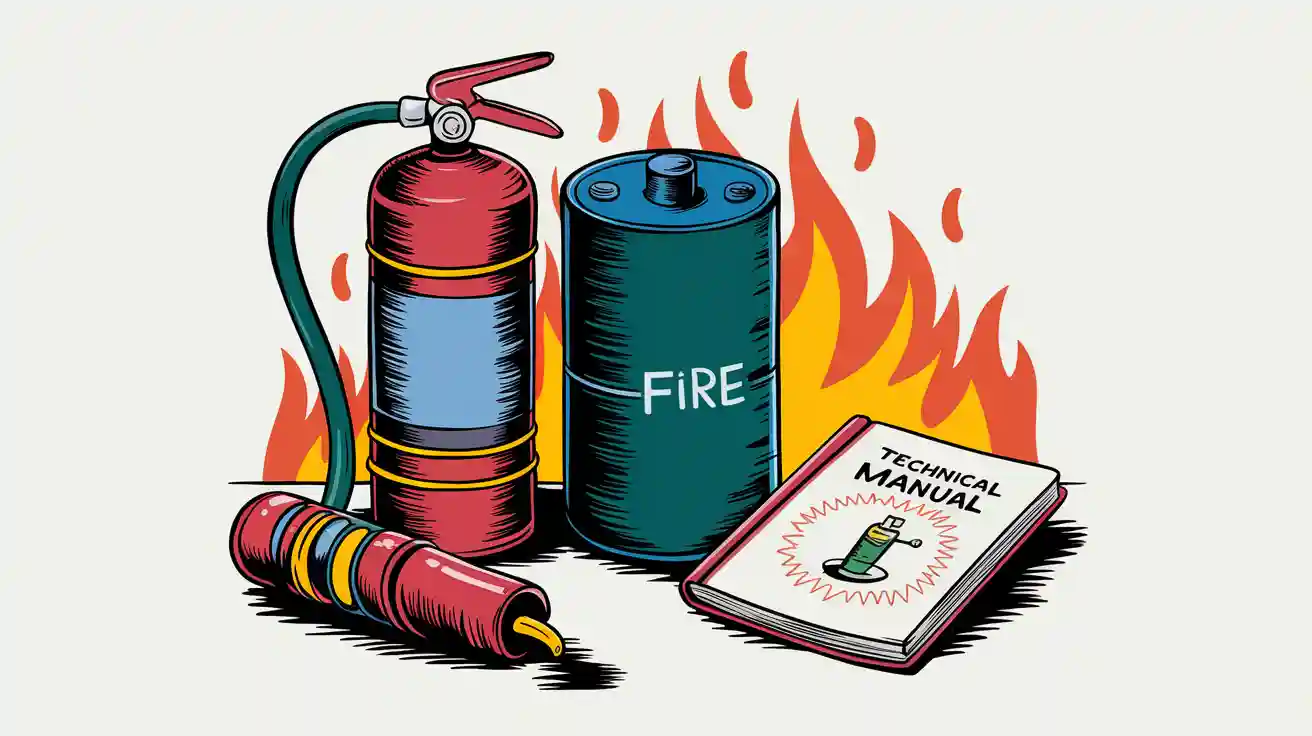
Lithium battery energy storage systems (ESS) play a critical role in industries like medical, robotics, and infrastructure. However, the fire risks associated with these systems demand robust safety measures. NFPA 855 for Lithium Battery ESS addresses this by providing comprehensive standards for the design, installation, and operation of energy storage systems. These codes have proven effective, as the failure rate of ESS has significantly declined despite increased deployments. Adhering to NFPA 855 for Lithium Battery ESS ensures not only compliance but also the safety of lives and property in diverse applications.
Explore customized energy storage solutions tailored to your needs.
Key Takeaways
NFPA 855 gives important fire safety rules for lithium batteries. It lowers fire risks and ensures safe use and design.
Following NFPA 855 keeps people and property safe. It also helps businesses avoid fines and improves their image.
Checking and caring for energy systems often is very important. Use a Battery Management System to watch key details and stay safe.

Part 1: Overview of NFPA 855 for Lithium Battery ESS
1.1 Purpose and Scope of NFPA 855
NFPA 855 serves as a critical standard for ensuring the safety of energy storage systems, particularly those utilizing lithium-ion batteries. Its primary purpose is to establish comprehensive fire codes that address the unique risks associated with energy storage technologies. By focusing on the design, installation, and operation of these systems, NFPA 855 minimizes fire hazards and enhances the reliability of energy storage solutions.
The scope of NFPA 855 extends across various industries, including medical, robotics, and infrastructure. It applies to both indoor and outdoor installations, ensuring that energy storage systems meet stringent safety requirements regardless of their location. For example, the standard mandates specific spatial arrangements and fire suppression measures to prevent thermal runaway incidents in lithium-ion battery systems. These provisions are especially vital in high-risk environments like hospitals or industrial facilities, where safety is paramount.
1.2 Key Provisions for Lithium Battery Energy Storage Systems
NFPA 855 outlines several key provisions designed to mitigate fire risks in lithium battery energy storage systems. These include:
System Capacity Limitations: The standard sets strict limits on the capacity of individual battery units and overall system installations. For instance, a single energy storage unit typically cannot exceed 50 kWh, while the total capacity for a room or area is capped at 600 kWh. These limits help contain potential fire hazards within manageable boundaries.
Installation Requirements: Proper spacing and location are crucial. NFPA 855 requires a minimum distance of 0.9 meters between energy storage systems and nearby structures. It also restricts installations in high-risk areas, such as underground spaces or densely populated zones, unless additional fire safety measures are implemented.
Fire Suppression Systems: The standard emphasizes the importance of advanced fire suppression technologies. Systems must include smoke detectors, heat sensors, and gas detectors to identify and respond to fire risks promptly. Additionally, specialized extinguishing agents, such as clean agents or water mist systems, are recommended for lithium-ion battery fires.
Monitoring and Maintenance: Continuous monitoring through a Battery Management System (BMS) is mandatory. The BMS must provide real-time data on temperature, voltage, and other critical parameters to prevent overcharging or overheating. Regular maintenance checks further ensure the system's integrity and compliance with NFPA 855.
These provisions collectively create a robust framework for managing the complexities of lithium battery energy storage systems. They not only reduce the likelihood of fire incidents but also enhance the overall safety and efficiency of energy storage solutions.
1.3 Importance of Compliance for Fire Safety
Compliance with NFPA 855 is essential for safeguarding lives, property, and the environment. The standard's guidelines significantly reduce the probability of fire-related incidents in energy storage systems. For example, the likelihood of human injuries from fire hazards ranges from 2.368 × 10–5 to 2.807 × 10–4 per year, while the probability of total battery damage due to thermal runaway is as low as 2.368 × 10–6 to 4.363 × 10–6 per year. These figures highlight the effectiveness of NFPA 855 in mitigating risks.
Adhering to NFPA 855 also ensures regulatory compliance, which is crucial for businesses operating in sectors like industrial manufacturing or consumer electronics. Non-compliance can result in legal penalties, reputational damage, and increased liability in the event of a fire. By following the standard, you demonstrate a commitment to safety and operational excellence.
Moreover, NFPA 855 fosters innovation in energy storage technologies by setting clear safety benchmarks. Manufacturers and system integrators can use these guidelines to develop safer, more reliable lithium-ion battery solutions. This is particularly important in applications like robotics, where precision and reliability are critical. Explore customized energy storage solutions tailored to your needs.
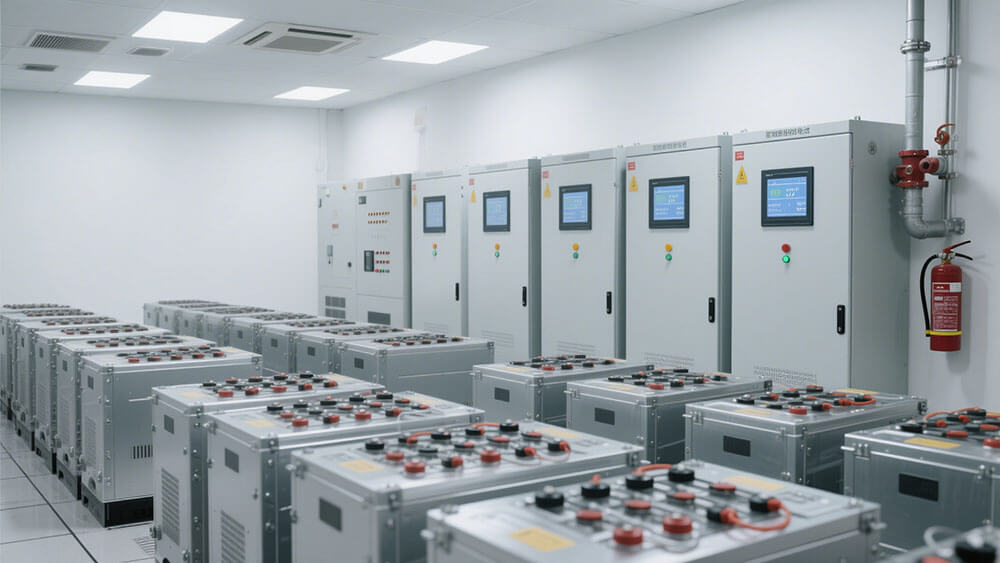
Part 2: Safety Measures in NFPA 855
2.1 System Design and Capacity Limitations
The design of lithium battery energy storage systems plays a pivotal role in ensuring safety and compliance with NFPA 855. This standard emphasizes the importance of limiting system capacity to reduce fire risks. For instance, individual battery units are typically restricted to a maximum capacity of 50 kWh, while the total capacity for a single room or area is capped at 600 kWh. These limitations help contain potential hazards and prevent thermal runaway events from escalating.
When designing energy storage systems, you must also consider the chemistry of the batteries. For example, LiFePO4 batteries, known for their thermal stability, may allow for higher capacity installations compared to NMC batteries. By adhering to these capacity guidelines, you can create a safer and more reliable energy storage solution tailored to your specific application.
2.2 Installation and Spatial Requirements
Proper installation is critical for the safe operation of stationary energy storage systems. NFPA 855 outlines specific spatial requirements to minimize fire risks and ensure adequate ventilation. For indoor installations, the standard mandates a minimum distance of 0.9 meters between battery units and surrounding structures. This spacing prevents heat accumulation and allows for effective fire suppression in case of an emergency.
Outdoor installations offer more flexibility but must still comply with fire codes. For example, systems installed in industrial facilities or near infrastructure must be shielded from environmental factors like wind and rain. Additionally, NFPA 855 restricts installations in high-risk areas such as underground spaces or densely populated zones unless enhanced fire protection measures are implemented.
Tip: Always consult a certified professional to ensure your installation meets NFPA 855 requirements and local regulations.
2.3 Fire Suppression and Emergency Response Protocols
Fire suppression is a cornerstone of safety in ESS. NFPA 855 requires advanced fire protection systems to detect and mitigate fire risks effectively. These systems must include smoke detectors, heat sensors, and gas detectors to identify potential hazards early. Specialized extinguishing agents, such as clean agents or water mist systems, are recommended for lithium-ion battery fires due to their effectiveness in controlling thermal runaway.
Emergency response protocols are equally important. You should develop a comprehensive fire response plan that includes clear evacuation procedures and coordination with local fire departments. Training your team on these protocols ensures a swift and effective response, minimizing damage and safeguarding lives.
Fire Suppression Methods | Advantages | Applications |
|---|---|---|
Clean Agents | Non-conductive, leaves no residue | Ideal for indoor installations |
Water Mist Systems | Effective cooling, prevents re-ignition | Suitable for large-scale ESS setups |
Gas Detectors | Early detection of hazardous gases | Critical for enclosed environments |
2.4 Monitoring and Maintenance Standards
Continuous monitoring and regular maintenance are essential for the long-term safety and performance of energy storage systems. NFPA 855 mandates the use of a Battery Management System (BMS) to monitor critical parameters such as temperature, voltage, and state of charge. A well-designed BMS can prevent overcharging, overheating, and other conditions that could lead to fire incidents.
Routine maintenance checks are equally important. These checks should include inspecting battery connections, verifying the integrity of fire suppression systems, and ensuring compliance with NFPA 855 standards. By prioritizing monitoring and maintenance, you can extend the lifespan of your energy storage system and maintain a high level of safety.
Note: Regularly updating your system to meet evolving NFPA codes ensures continued compliance and protection.
Explore customized energy storage solutions tailored to your needs.
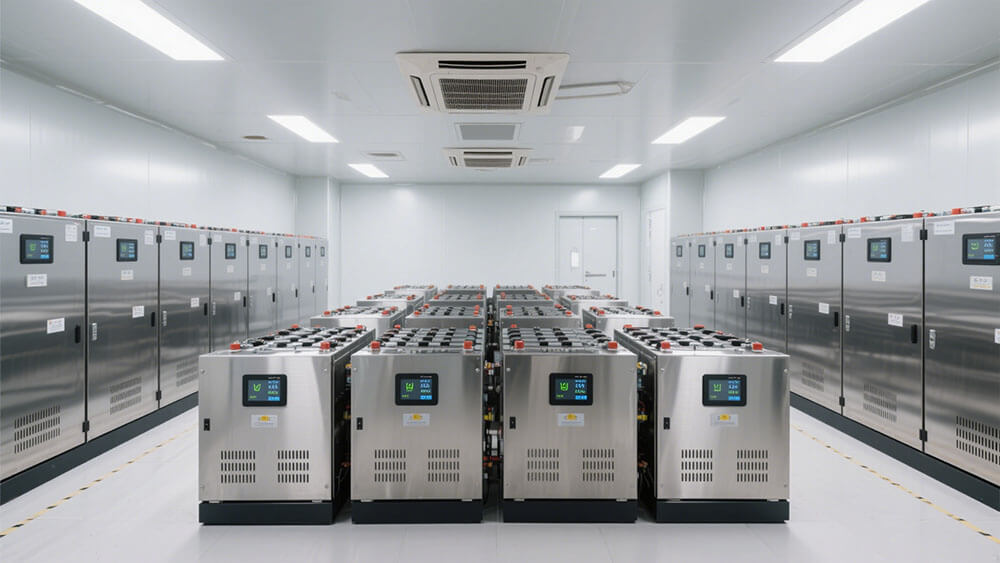
Part 3: Practical Implementation of NFPA 855
3.1 Risk Assessment and Mitigation Strategies
Effective risk assessment forms the backbone of fire safety strategies for lithium-ion battery energy storage systems. You must evaluate potential hazards, such as thermal runaway, electrical faults, and environmental risks, during the design and installation phases. Identifying these risks early allows you to implement targeted mitigation strategies, such as enhanced thermal management systems and robust containment designs.
For example, incorporating advanced Battery Management Systems (BMS) ensures real-time monitoring of critical parameters like temperature and voltage. This proactive approach minimizes the likelihood of overheating or overcharging, which are common triggers for fire incidents. Additionally, designing systems with fire-resistant materials and incorporating adequate ventilation further reduces fire risks.
Tip: Collaborate with certified professionals to conduct comprehensive risk assessments and align your system with NFPA 855 fire codes.
3.2 Training and Education for Stakeholders
Training stakeholders is essential for ensuring the safe operation of energy storage systems. You should provide tailored education programs for system operators, maintenance teams, and first responders. These programs should cover the unique fire risks associated with lithium-ion batteries and the specific safety protocols outlined in NFPA 855.
For instance, operators must understand how to interpret BMS alerts and take immediate action to prevent incidents. Maintenance teams should focus on routine inspections to ensure compliance with fire codes. First responders, on the other hand, require specialized training to handle lithium-ion battery fires, which often involve unique challenges like thermal runaway and re-ignition risks.
Note: Regularly updating training materials ensures that all stakeholders stay informed about the latest safety standards and technologies.
3.3 Leveraging Lessons from Real-World Applications
Real-world incidents provide valuable insights into the practical application of NFPA 855. For example, the Chandler, Arizona BESS fire in 2022 highlighted the importance of advanced fire suppression techniques and robotics in improving response times. Similarly, the Chaumont, New York BESS fire in 2023 underscored the need for better containment designs and unified emergency response protocols.
Incident | Key Details | Lessons Learned | Recommendations |
|---|---|---|---|
Chandler, Arizona BESS Fire (2022) | Fire lasted over ten days; responders used sprinklers and robotics. | Advanced fire suppression techniques and robotics can improve response times. | Educate fire departments on innovative suppression methods. |
Chaumont, New York BESS Fire (2023) | Fire took four days to extinguish; need for better containment. | Improved containment designs and first responder training could mitigate impact. | Establish unified emergency response guides aligned with NFPA standards. |
By analyzing these incidents, you can refine your safety strategies and ensure your energy storage systems are better equipped to handle emergencies. These lessons emphasize the importance of aligning your practices with NFPA 855 to enhance fire safety and operational reliability.
Explore customized energy storage solutions tailored to your needs.
NFPA 855 provides essential guidelines to reduce fire risks in lithium battery energy storage systems. By following these standards, you can enhance the safety and reliability of your storage solutions. Compliance not only protects lives and property but also ensures your energy storage systems meet industry safety benchmarks.
FAQ
1. What is the primary purpose of NFPA 855?
NFPA 855 establishes fire safety standards for energy storage systems. It aims to reduce fire risks and ensure safe design, installation, and operation of lithium battery systems.
2. Are there specific fire suppression systems recommended for lithium battery fires?
Yes, NFPA 855 recommends clean agents, water mist systems, and gas detectors. These systems effectively control thermal runaway and prevent re-ignition in lithium battery fires.
Tip: Always consult certified professionals to select the most suitable fire suppression system for your setup.
3. How often should energy storage systems undergo maintenance?
NFPA 855 mandates regular maintenance checks. Inspections should include battery connections, fire suppression systems, and compliance with updated safety standards to ensure long-term reliability and safety.
Note: A well-maintained system reduces fire risks and extends its operational lifespan.
- Prev Article: What You Need to Know About SDS for Lithium Batteries
- Next Article: Revolutionary Advances in Lithium Battery Technology
Leave Message
Hottest Categories
-
Hottest Industry News
-
Latest Industry News




